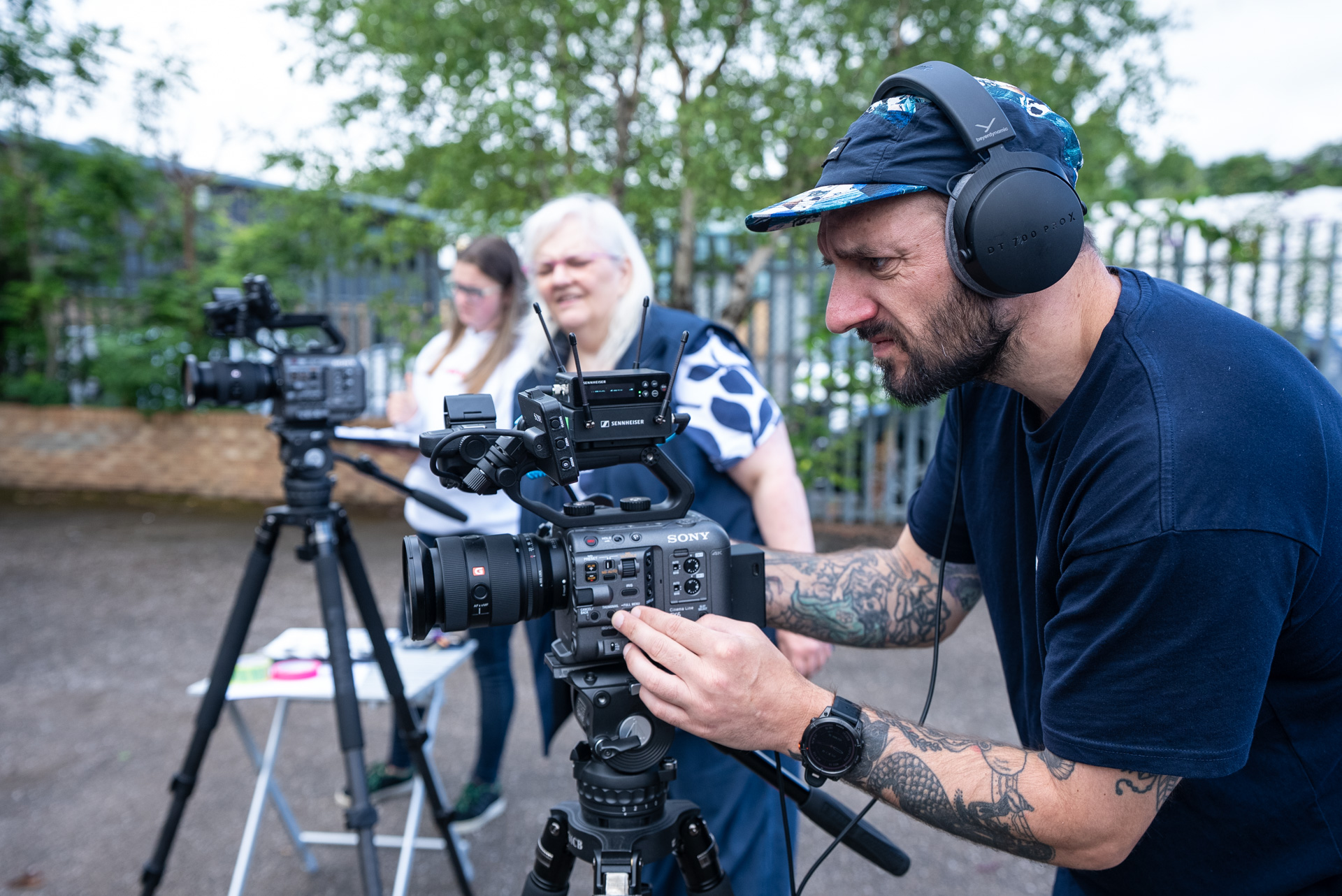Jimmy Bratley is a Veterinary Technical Advisor at Ceva Animal Health with over seven years in clinical practice and industry. Toby Trimble spoke with him on audience engagement and the impact of an effective message.
Hello Jimmy! We’d love to hear a bit about what you do.
I was pretty late to the party in terms of the veterinary industry! I did a biology undergraduate course because I like science, but at the time, didn't really know how to apply it. I studied veterinary medicine as a post-grad, and I’m really glad that I did — the training I had at vet school was my favourite five years of education.
Following my university education I did seven years in general practice at various different types of hospitals and organisations. During my last role, as one of the senior members of the team, I became heavily involved in teaching and really enjoyed working with new graduates. I decided on a change in direction and decided to take on a more commercial role in industry. I now work with Ceva Animal Health as a Veterinary Technical Advisor and have really enjoyed some of the new challenges that have come alongside it.
How does audience — and specifically engaging an audience — come to play as part of your role?
In quite a few ways! It can be anything from working on a campaign where we’re speaking directly to consumers with non-licensed products; or with prescription products where we’re trying to engage with other healthcare professionals. Those would fit under the umbrella of marketing campaigns that we run.
Then there’s face-to-face engagement, which could be a small and informal talk in a pub all the way through to bigger audiences where we’re presenting in a more professional, traditional format. In between those, we engage with smaller groups of specialists, which isn’t an audience per say — but you do still need to present concepts and deliver information in a way that’s engaging.
What tools or methods do you find are effective when it comes to engagement?
It can definitely depend on the size of the group and the setting. When it comes to sharing information to smaller groups, in the pub setting for example, I’m not always able to share slides or visuals; so I really rely on that face-to-face connection and my personality to create engagement.
For more formal environments — presenting on stage let’s say — I rely much more on visual assets to get a message across.
To what degree do visual elements as part of a presentation create an impact?
They definitely benefit my work, especially when it comes to academic environments. The material on its own can sometimes be a bit dry and quite technical. Having something interesting to look at and learn from, whether it’s video, stills or diagrams, does add to engagement and learning.
Everyone has a unique style of learning too. As part of my own learning disabilities something I struggle with in particular is auditory dyslexia. I struggle to take in information if it’s just outright spoken to me; it can go in one ear and right out the other. I learn far better if there’s visual elements as part of a talk or presentation.
How can engaging an audience for better learning improve animal welfare and patient outcomes?
It’s absolutely vital to it. One of the reasons I moved from clinical practice into industry is I could potentially impact the lives of hundreds of thousands of pets through our products and messaging.
For example, the project we worked on with Trimble Productions was sharing the message on feline hypertension and informing audiences on its impact. One of the tricky aspects with feline hypertension is there aren’t any visual cues vets or owners can pick up on the disease until it’s too late. Trying to find an effective message that was able to show the unshowable was an incredibly challenging prospect, and something we’ve always struggled with. What we’ve created together is a very simple message around the profound effect we can have not only on pets – the ways we can improve animal welfare and outcomes – but also their owners. People have a strong connection to their pets, who are often beloved family members. To try and prolong and ensure the quality of life for their pet is as good as it can be is vitally important to that human-animal bond.
Overall, as an industry, the aim is to improve animal welfare; and getting the message across in the best way possible is integral to that goal.




